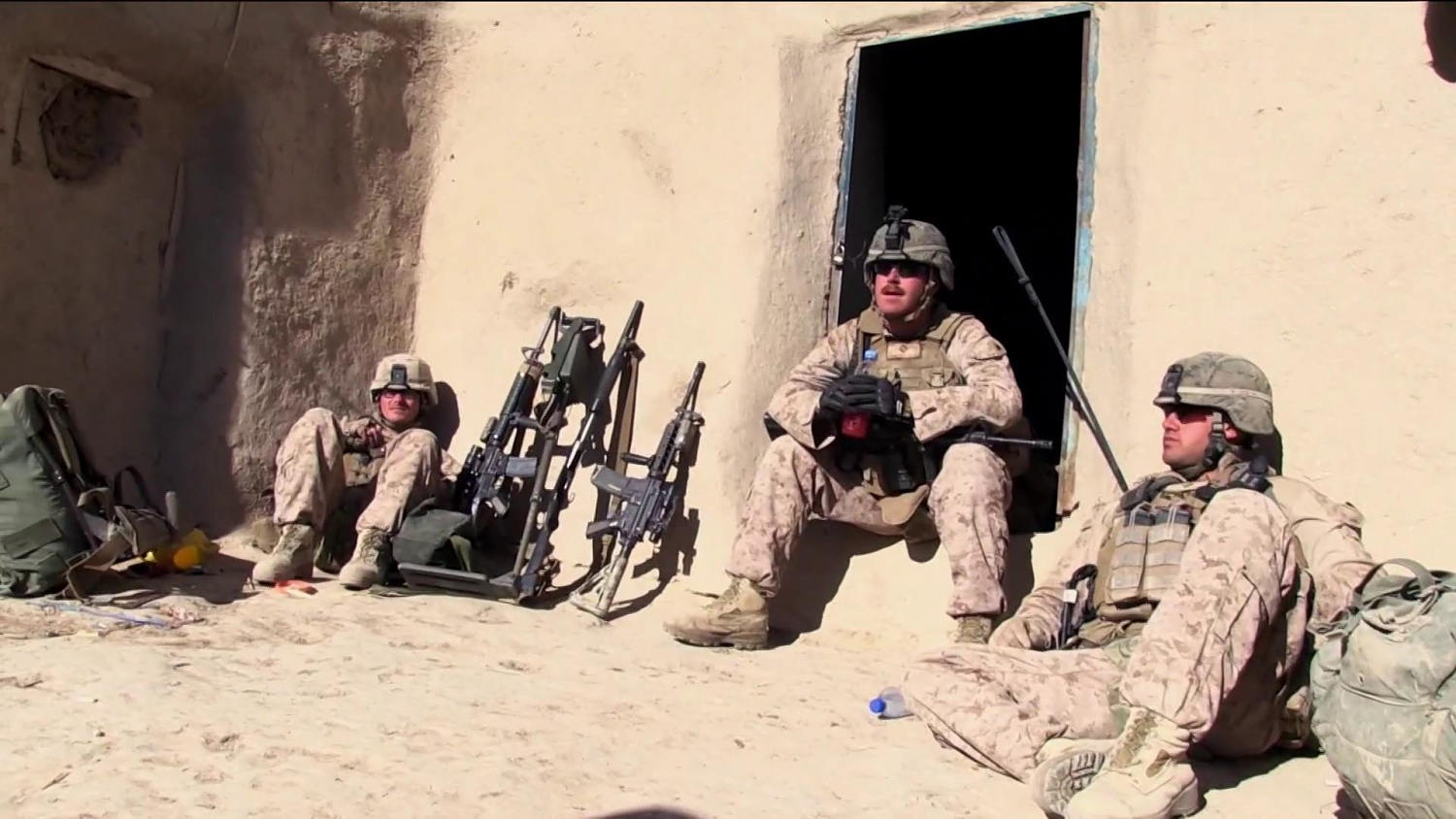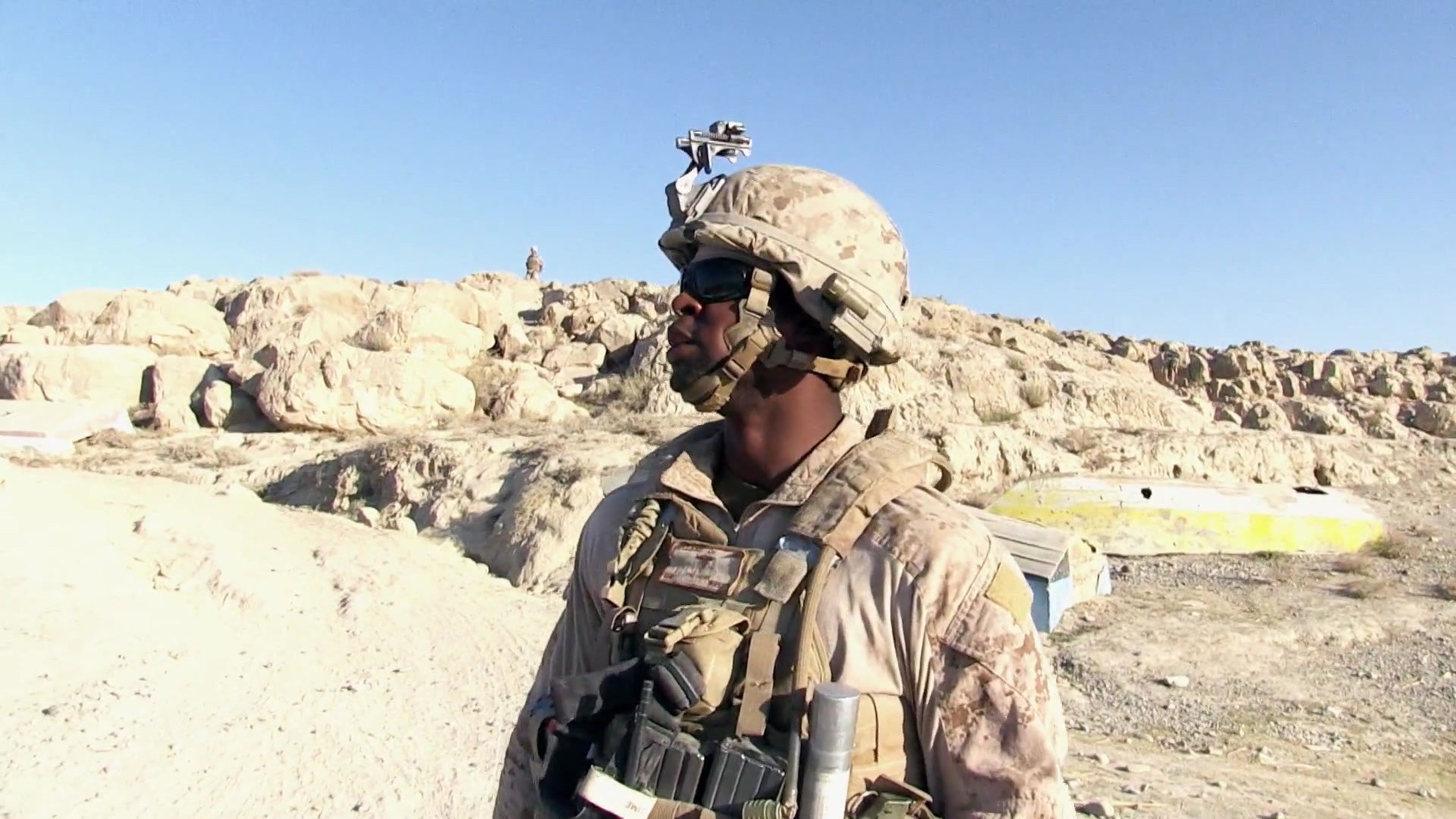Combat Obscura (2018): A Raw, Unfiltered Glimpse Into the Reality of War
Combat Obscura is a powerful and controversial war documentary directed by Miles Lagoze, a former U.S. Marine Corps combat cameraman. Composed entirely of real footage captured during his deployment in Afghanistan between 2011 and 2012, the film presents an unvarnished look at life on the front lines—far removed from the carefully constructed images typically used in military recruitment or public relations. It is not only a rare insider’s perspective but also an artistic act of defiance against sanitized portrayals of war.
The footage used in Combat Obscura was originally shot by Lagoze and other combat camera teams tasked with documenting operations in the Sangin and Kajaki districts of Helmand Province. Rather than serve its original purpose—promoting the Marine Corps—the film assembles moments that reveal the chaotic, mundane, and deeply human experience of young soldiers in combat zones. There is no narration, no guiding voice, and no clean narrative arc. Instead, viewers are plunged into a fragmented yet immersive world of patrols, firefights, boredom, black humor, and emotional detachment.

The strength of the film lies in its refusal to moralize or glorify its subjects. We see Marines joking, swearing, smoking weed, and expressing fear or disillusionment. These are not idealized warriors; they are young men trying to cope with the physical and psychological pressures of war. Some moments are disturbing, others are oddly mundane, and together they paint a more complete portrait of modern warfare—one that feels as disjointed and surreal as the experience itself.
Visually, the documentary is gritty and unpolished, filmed from helmet cams and handheld devices. The shaky, raw footage only heightens the sense of immediacy and authenticity. The absence of a musical score or external commentary allows the ambient sounds of gunfire, chatter, and the Afghan countryside to speak for themselves. It feels more like found footage than a traditional documentary, further distancing it from the polished narratives of news coverage or Hollywood war films.

Upon release, Combat Obscura sparked debate not only for its content but also for its legal and ethical implications. Since the footage was recorded using government-issued equipment while Lagoze was an active-duty Marine, there were initial concerns about whether the film could be legally distributed. However, those challenges were ultimately dropped, and the documentary was released to critical acclaim. Many praised its honesty and courage, calling it one of the most realistic depictions of military life in the post-9/11 era.
While some viewers may find the lack of structure or context challenging, this approach is deliberate. Lagoze wanted to portray war as it is experienced—confusing, repetitive, sometimes terrifying, and often absurd. By stepping away from the traditional documentary format, Combat Obscura gives voice to the silences and in-between moments that define the soldier’s experience.
In the end, Combat Obscura is not a film about heroism or victory. It is a film about what war does to people—how it numbs, alienates, and occasionally bonds those who endure it. For anyone seeking to understand the human cost of modern conflict, it is essential viewing: raw, real, and relentlessly honest.
-1751938047-q80.webp)

